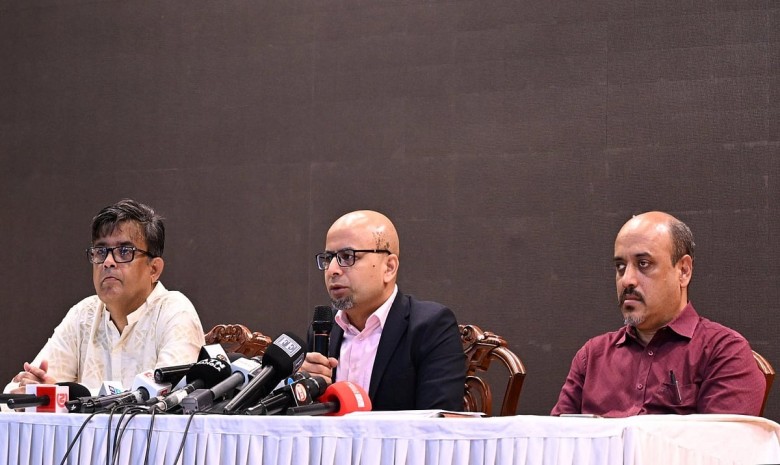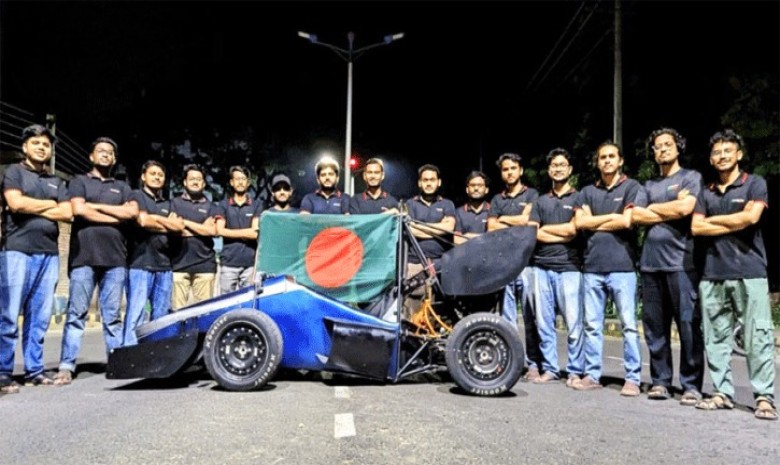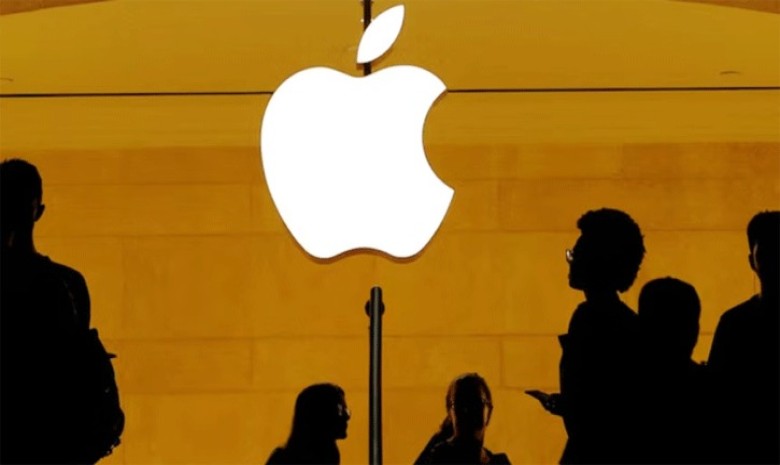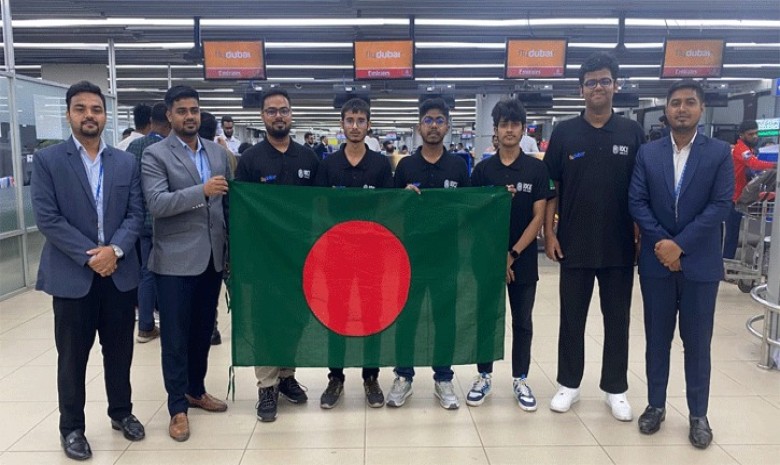A single Starlink device can provide internet coverage up to 30 meters in cities and 50 meters in villages across Bangladesh. Users will be able to share one connection among many and even create multiple networks using more than one router. However, to protect local internet service providers (ISPs), there will be limits on how much the main Starlink device can be moved.
Faiz Ahmad Taiyeb, Special Assistant to the Chief Adviser for the Ministry of Posts, Telecommunications, and Information Technology, shared these details today, Tuesday, May 20, during a press briefing at the Foreign Service Academy in Dhaka. The Chief Adviser’s Press Secretary, Shafiqul Alam, and Deputy Press Secretary, Abul Kalam Azad Majumder, were also present.
How Starlink Works
Explaining how the satellite-based internet service Starlink functions, Faiz Ahmad Taiyeb said, “Starlink is ‘direct-to-device.’ We are not offering that full direct-to-device service yet. Instead, there will be a Starlink receiver. This receiver has a router inside it, and that router will create a Wi-Fi network.”
If someone wishes, they can connect a cable from the main Starlink router and create another network at a certain distance, which can then provide Wi-Fi access again. However, this distance isn’t unlimited. Faiz Ahmad Taiyeb explained, “If it’s an urban residential area with many apartments, it could be 20 to a maximum of 30 meters. This would cover two or three floors, or a few rooms, or slightly more. This means one set is enough for a large apartment.”
Signal Strength and Rural Coverage
Since Starlink uses electromagnetic waves for internet connection, the signal weakens when it passes through walls or metal. The Special Assistant to the Chief Adviser noted that in rural areas, where there are fewer obstacles, the internet connection range will be a bit larger. He said, “In rural areas, we believe this limit will be close to 50 meters.”
Faiz Ahmad Taiyeb highlighted that there will be no unfair treatment in how bandwidth is used with Starlink. “If a Starlink device is placed at the Chief Adviser’s home and another is placed in a village in Khagrachari, both customers will receive the exact same service,” he stated.
Sharing for Better Use
With speeds up to 300 Mbps, Faiz Ahmad Taiyeb suggested that several people could share a Starlink connection. He believes this will help create “co-working facilities.” For example, if there are a few freelancers in a village or a small town, they could set up an informal office and all use the shared Starlink internet.
Protecting Local ISPs
However, Starlink’s internet sharing is not completely unrestricted. Faiz Ahmad Taiyeb clarified, “To protect our local internet providers, we have not allowed this device with full mobility. This means if you want to connect a cable from the Starlink router and provide Wi-Fi service a certain distance away, you can. But we have not allowed this device to be mobile. In other words, we have protected the ISPs.”
It’s worth noting that Elon Musk’s satellite-based internet service company, Starlink, has officially launched in Bangladesh. Faiz Ahmad Taiyeb announced this earlier today in a Facebook post, and Starlink also shared the information on its X (formerly Twitter) handle.
Total views: 1359



























